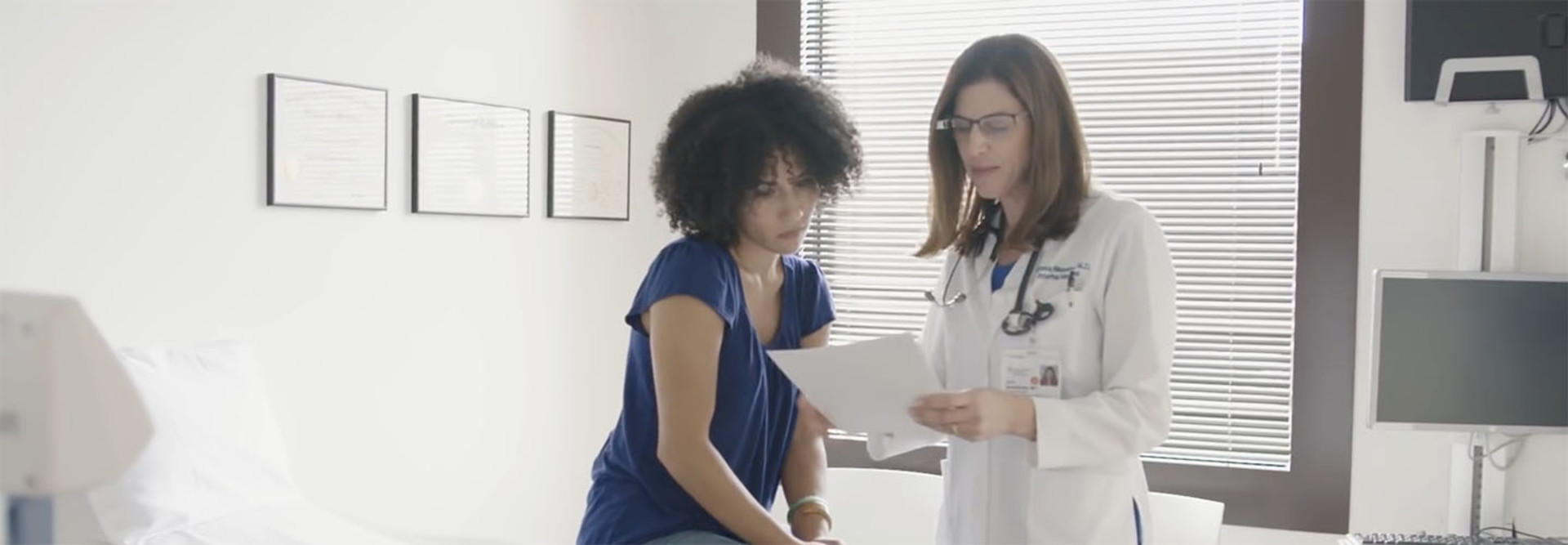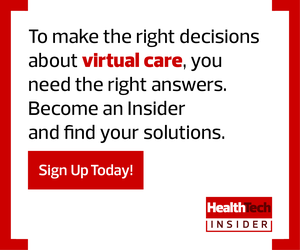Dignity Health Calls on Google Glass for Hands-Free Consults
Specifically, Dignity Health has been using the technology in conjunction with Google Glass healthcare software Augmedix, which automatically links doctors with their computers via QR codes. It then links the Glass tech with a “remote scribe,” a medically trained professional who can remotely take notes while the doctor sees a patient.
After three years of employing Glass in this way, the organization is seeing big benefits in the hands-free tech. It has reduced the amount of time Lundquist spends writing up patient notes and other administrative tasks from more than 30 percent to less than 10 percent of his day. Meanwhile, doctor's at Sutter Health save an average of 2 hours a day with the technology.
“It saves us a tremendous amount of time, because by the time I’m done interacting with the patient, my notes are essentially complete,” he tells MobiHealthNews. “It shaves hours off of our time.”
Clinicians can use that extra time to treat more patients or improve their quality of life by spending more time at home and with their families.
“Our physicians are our most valuable asset,” says Lundquist. “They’re obviously smart enough and bright enough to make it through medical school to get to the point where they can provide physician-level care. But our medical records and documentation systems so far have turned them into clerks … and it gets in the way a little bit of doctors being doctors. Glass has allowed us to get back to our main mission, which is seeing patients.”
Google Glass Helps Bring Telemedicine to Rural Hospitals
Dignity Health isn’t alone in its use of Google Glass to aid its healthcare professionals. One Indiana-based startup, Hodei Technology, is bringing Glass to hospitals as a teaching and communication tool for surgeons. It also introduced a technology named Gemini, which enables what Hodei Technology CEO Guy Mascaro calls “first person point-of-view telepresence” through the glasses.
“With us, we’re hands free,” Mascaro tells MobiHealthNews in a separate article. “The Gemini unit can also stream [visual data from a] fluoroscope or ultrasound or derm wand or otoscope. And that’s what other telemedicine equipment can do, but everything else is either cart-based or you have to hold it — like an iPhone, an iPad, or a computer. So you never really get that first person point of view. So the fact that we’re hands free and you see through the eyes of the individual you are coaching, mentoring, or directing is really what the difference is all about.”
The Glass-enabled telemedicine technology could potentially help rural hospitals cut down on patient transport costs as well as augment care by providing doctors in remote regions with additional expertise through telemedicine consults.
“A remote rural care isn’t always the wilds of Appalachia or the southwest or northern Canada,” Mascaro says. “You could think about using it in prisons, longterm care facilities, and even home care eventually, where the spouse is now the caregiver, for everything from Alzheimers to wound care, you name it.”











